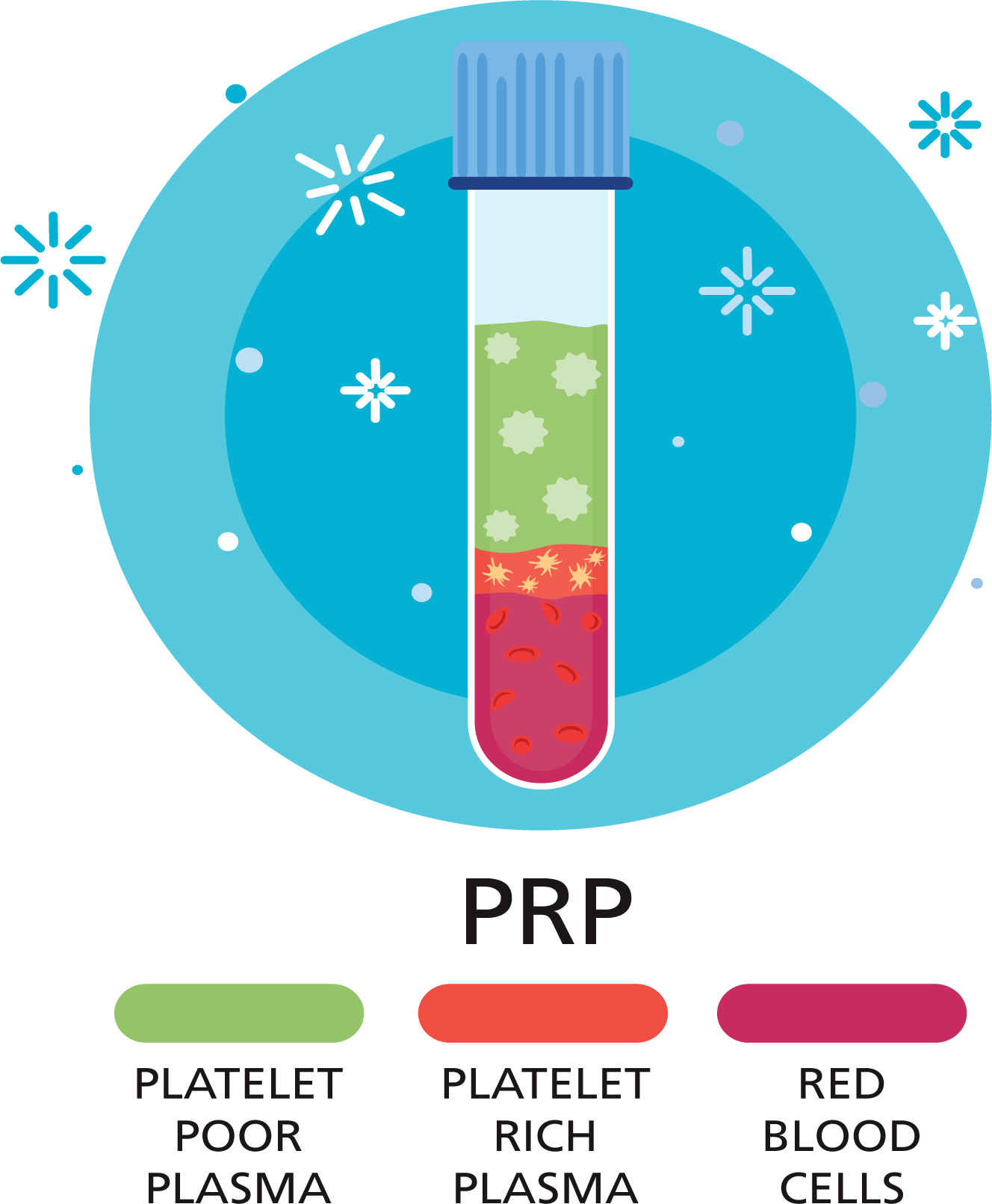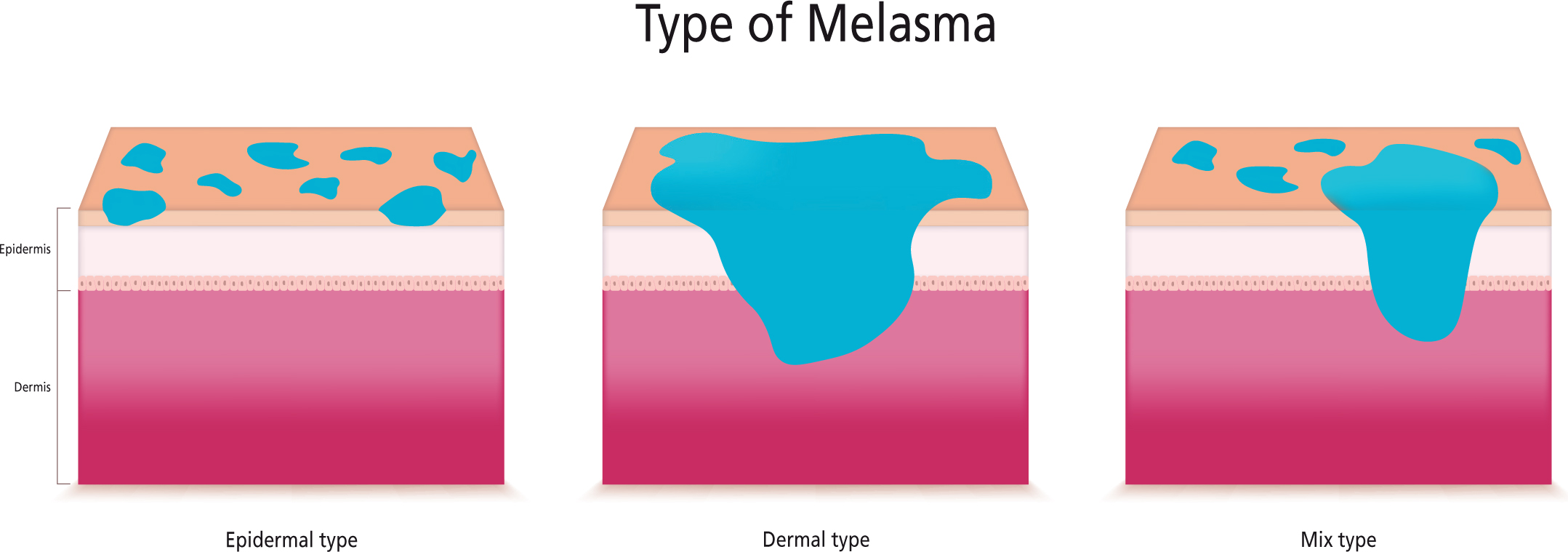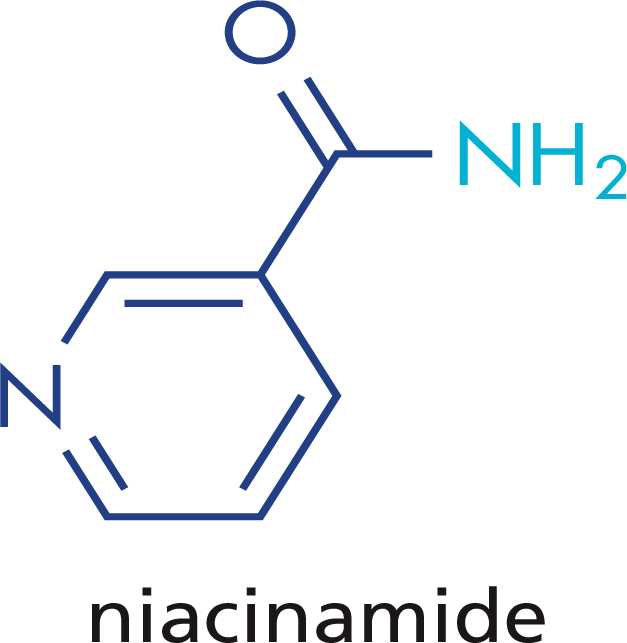
Use of platelet-rich plasma for skin rejuvenation
Platelet-rich plasma (PRP) has established itself as a trusted and efficient treatment for regenerative skin healing and rejuvenation, leveraging the power of autologous blood enriched with various growth factors. This comprehensive review aims to scrutinise the efficacy of PRP treatments in achieving skin rejuvenation.
A thorough examination of pertinent studies on PRP therapy for skin rejuvenation, conducted on Ovid, PubMed, and MEDLINE yielded significant enhancements in multiple facial parameters following one to three treatment sessions. Notable improvements were observed in reduced pore size and texture, wrinkle reduction, fading of pigmented spots, increased collagen density, boosted hyaluronic acid levels and enhanced protection against ultraviolet damage.
The combination of PRP with hyaluronic acid demonstrated a synergistic effect, particularly benefiting patients with a lower body mass index and individuals in their 50s and 60s by enhancing skin elasticity and firmness.
Incorporating both physical and biometric data for assessment proved superior to relying solely on physical observations, allowing for a more accurate evaluation of subtle skin quality and structural changes.
This study underscores the effectiveness of PRP monotherapy for skin rejuvenation, emphasising the importance of standardising PRP preparation protocols in future investigations. The heightened awareness and technological advancements have contributed to the emergence of high-quality, less biased studies supporting PRP as a reliable and safe therapeutic option for skin rejuvenation.

In vivo polymer mechanochemistry with polynucleotides
Polymer mechanochemistry, a field that harnesses mechanical force to activate molecular properties, has long been limited by the constraints of frequency and power intensity. However, this innovative approach has now been bridged with medical ultrasound, a clinically established modality, to create a groundbreaking platform for targeted therapeutic delivery. By developing a universal polynucleotide framework, researchers have designed a biocompatible system that can bind and release therapeutic oligonucleotides (both DNA and RNA-based) using medical imaging ultrasound. This novel approach leverages the high molar mass and colloidal assembly of the polymer framework, combined with a distinct mechanochemical mechanism, to induce the force-driven release of cargo.
In vitro and in vivo studies demonstrate the successful activation of biological function through this innovative approach, paving the way for a new era of biological inquiry and therapeutic development steered by mechanical force.
This breakthrough has the potential to revolutionise our understanding of molecular interactions and disease treatment, offering a powerful tool for targeted delivery of therapeutic molecules and expanded possibilities for medical research.
Biomarkers in rosacea: a systematic review
Rosacea, a chronic and emotionally challenging condition affecting 1-3% of the global population, requires the identification and validation of biomarkers to improve disease progression, support diagnosis, and facilitate clinical trials. This comprehensive review aims to identify all rosacea biomarkers, categorise them by type, and uncover trends to improve disease expression.
A thorough search of randomised controlled trials, case-control studies, cohort studies, and observational studies was conducted without language restrictions until February 2023. The National Institute of Health quality assessment tool was used to evaluate study quality, while the Preferred Reporting Items for Systematic Reviews and Meta-analyses (PRISMA) guidelines guided the literature search.
After screening 805 articles, 38 studies were included, reporting on 119 unique biomarkers. The results strongly support the innate cathelicidin and inflammasome pathways, Th1 and Th17 immune responses. The most commonly reported biomarkers are IL-1B, TNF-a, IL-37, IFN-y, and MMP-9.
This review provides insight into rosacea pathogenic mechanisms and identifies potential biomarkers for diagnosis. However, due to the heterogeneity of the disease and potential differences between subtypes, further research is needed to develop biomarker panels with diagnostic utility. This study sets the stage for future investigations into the identification of effective biomarkers for rosacea management.
Combination of 5% cysteamine and 4% nicotinamide in melasma: efficacy, tolerability and safety
Melasma is a chronic skin condition that significantly impacts a patient's quality of life, making it challenging to treat effectively. This study aimed to evaluate the effectiveness, tolerability and safety of a unique combination cream containing 5% cysteamine and 4% nicotinamide in female subjects with melasma.

This single-centre, single-arm, prospective, open-label study involved patients using the cream in a progressive regimen over three months. The results showed that 35 treated subjects experienced significant reductions in the modified Melasma Area and Severity Index (mMASI) and MelasQoL scores, indicating improved symptoms and quality of life. Photographic and colorimetric analysis also revealed smaller spots and enhanced homogeneity.
While long-term adherence to daily treatment could not be evaluated, the combination cream was found to be both effective and well-tolerated for treating melasma. The findings suggest that this novel cream may offer a promising therapeutic option for patients struggling with this chronic condition.




